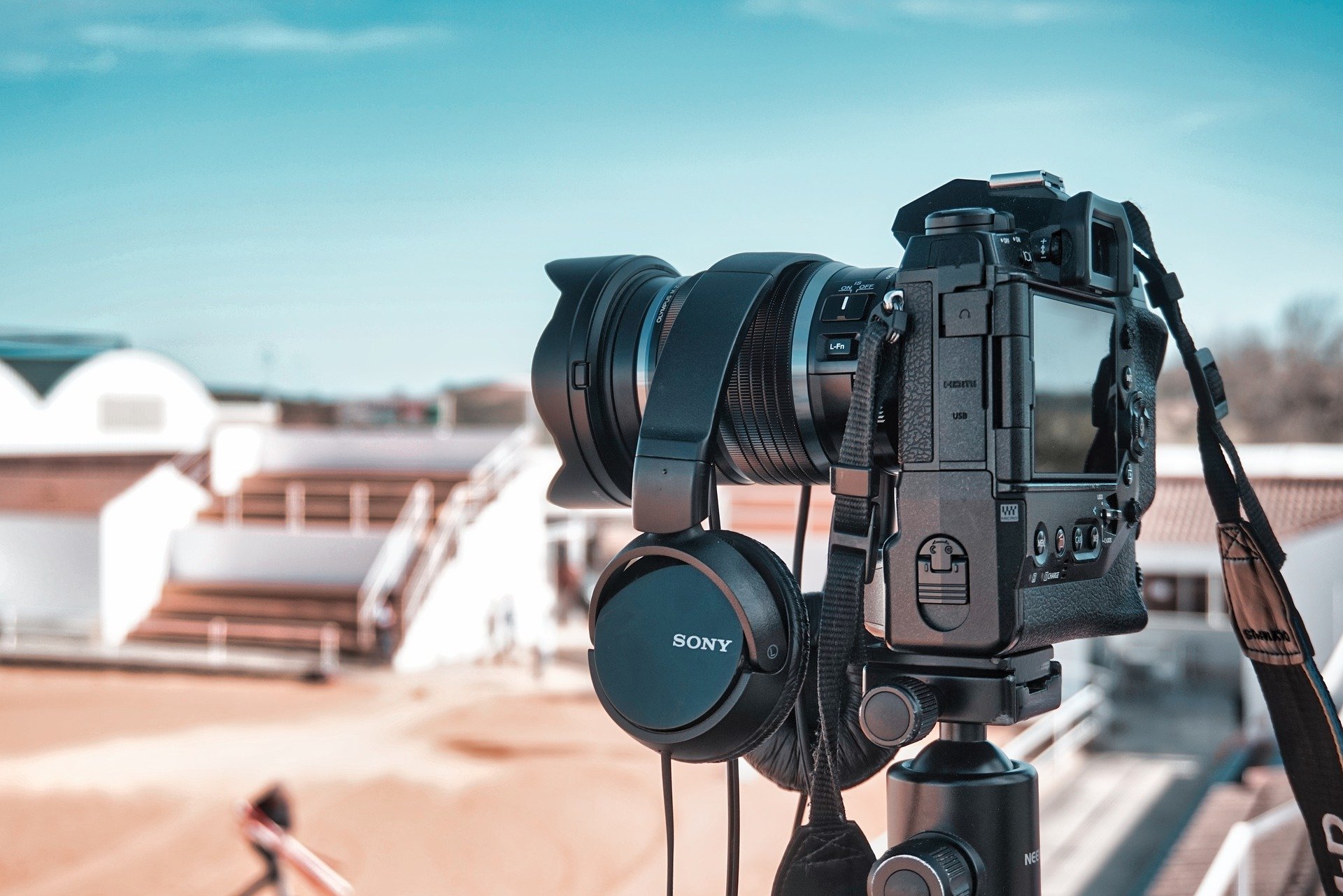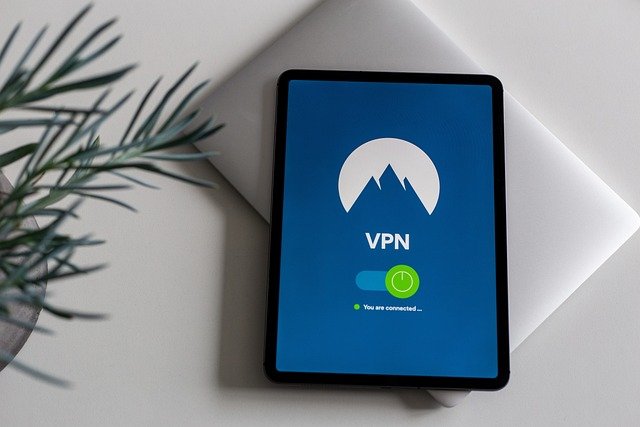Transcending Boundaries: Virtual Reality in Arts and Entertainment
Introduction: The marriage of technology and creativity has given birth to a new frontier in the arts and entertainment industry. Virtual Reality (VR), once a concept confined to the realm of science fiction, is now transforming how we experience art and entertainment.

A Dive into the Digital Realm
Virtual Reality, in its simplest form, is a simulation of a 3D environment that can be interacted with in a seemingly real or physical way by a person using special electronic equipment. The origins of VR can be traced back to the mid-20th century, where it was primarily used for training and simulation purposes in industries such as aviation and medicine. However, it wasn’t until the early 2010s, with the advent of consumer-grade VR headsets, that the technology began to make significant inroads into the realm of arts and entertainment.
The Current VR Landscape
In recent years, VR technology has become more accessible and affordable, leading to a surge in its adoption across various sectors. In the world of entertainment, VR is being used to create immersive gaming experiences and virtual concerts, transforming the way consumers engage with digital content. In the realm of fine arts, artists and museums are leveraging VR to create virtual exhibitions that allow people to explore art pieces in a three-dimensional space from the comfort of their homes.
Impact and Significance of VR in Arts and Entertainment
The adoption of VR in arts and entertainment is more than just a technological advancement. It is a paradigm shift in how we create, consume, and interact with art and entertainment content. VR has the power to break down geographical barriers and democratize the access to cultural experiences, from exploring world-class museums to attending live concerts. Furthermore, it provides artists and creators with a new medium to express their creativity, pushing the boundaries of traditional art forms.
Reception and Criticisms
While the use of VR in arts and entertainment has been largely positive, it is not without its criticisms. Some argue that VR experiences can never replace the authenticity and tactile richness of physical encounters with art and live performances. Others express concerns about the potential for VR to deepen the digital divide between those who can afford the technology and those who cannot.
Looking Ahead: The Future of VR in Arts and Entertainment
As VR technology continues to evolve, its impact on the arts and entertainment industry is expected to grow. Future advancements may include more realistic graphics, improved user interfaces, and more affordable hardware. These developments will likely lead to even more innovative and immersive experiences, further blurring the lines between the virtual and the real, and redefining our understanding of what art and entertainment can be.
In conclusion, Virtual Reality is more than just a passing trend in the arts and entertainment industry. It represents a seismic shift in how we engage with creative content. As we continue to explore this digital frontier, one thing is certain: VR has the potential to revolutionize our cultural experiences in ways we are only beginning to imagine.




